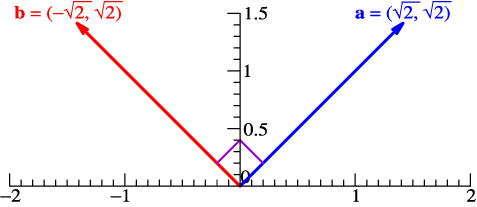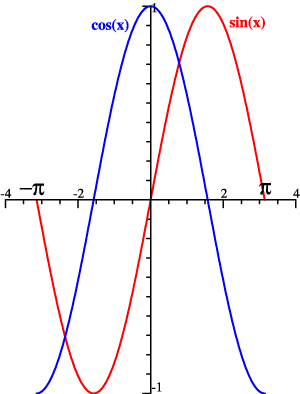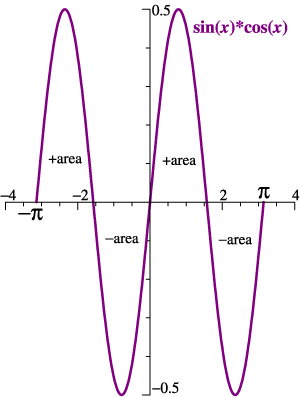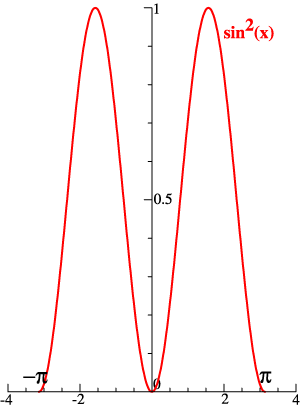 |
 |
|
| Jim Worthey • Lighting & Color Research • jim@jimworthey.com • 301-977-3551 • 11 Rye Court, Gaithersburg, MD 20878-1901, USA |
|
|||||||
|
| What Does "Orthonormal" Mean? |


 |
 |
 |
| sine and cosine
functions |
When sin(x) and cos(x)
are multiplied,
the graph has equal + and − areas. 〈sin(x)|cos(x)〉 = 0, see below. |
On the other hand, 〈sin(x)|sin(x)〉 = π . |

| Why the Tristimulus Vector is the
Best
Measure of Stimulus Amplitude. |
| The orthonormal color matching
functions map lights into a color space, as pictured at
right.
Monochromatic lights of unit power map to the Locus of
Unit
Monochromats. Jozef B. Cohen said that this Locus
represents the
"true structure of color space." Without challenging Cohen's insight, it is interesting to seek a more step-by-step explanation. Why are tristimulus vectors computed using the orthonormal basis the best measure of color stimuli, including stimulus amplitude? Some of the answers are verbal and intuitive; others relate to linear algebra and what Cohen called "the fundamental metamer." The term "basis functions" is used here and elsewhere as a synonym for "orthonormal color matching functions." |
 |
|